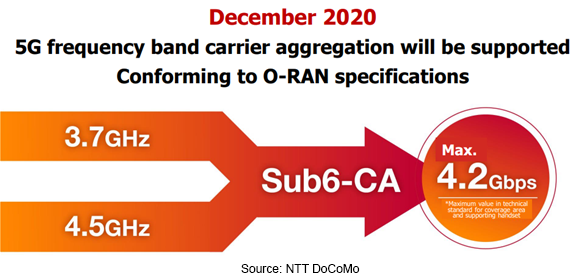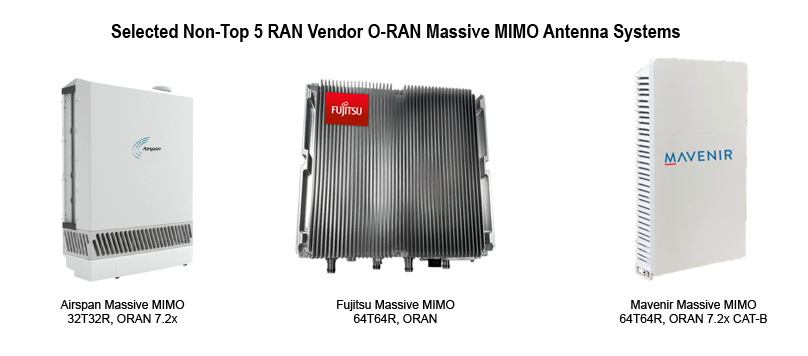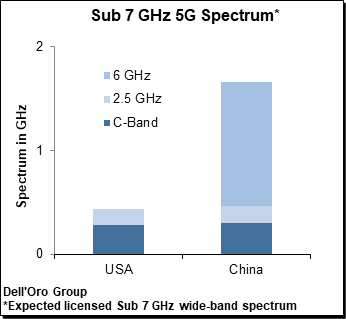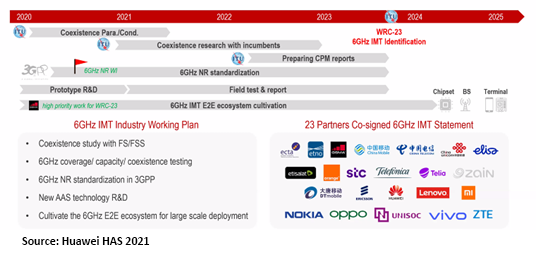Back in September 2020, CableLabs released the specifications for Flexible MAC Architecture (FMA). FMA defines the disaggregation of the CCAP into separate management, control, and data planes. Essentially, it is the next step in the evolution that was started years ago with M-CMTS architectures, followed by the move to DAA and Remote PHY, specifically. FMA expands the disaggregation of a traditional integrated CCAP platform into a combination of DAA, SDN, and NFV.
More importantly, it gives cable operators the flexibility they desperately need as they navigate how to prioritize current capacity upgrades through traditional node splits, mid-and high-splits, upcoming outside plant upgrades to 1.2Ghz and 1.8GHz, as well as determining whether their future access network relies on DOCSIS 4.0, fiber-to-the-home, or a combination of the two. FMA gives cable operators the flexibility to deliver Low Latency DOCSIS (LLD) as well as Mobile xHaul over DOCSIS, as well as far more flexibility in how they architect their CIN (Converged Interconnect Networks) with external switching elements that give them the ability to scale their interconnect networks more easily than ever before.
Finally, FMA opens the door to the true virtualization of cable access networks, supporting any number of use cases and any number of physical layer connections through the same disaggregated network functions, which can be placed in any physical location—node, hub site, headend, super headend, or data center. When cable operators faced a significant ramp in upstream bandwidth consumption in the early weeks of the COVID-19 pandemic, some had a difficult time being able to support that growth without the traditional tools of node splitting and increasing DOCSIS channels through the addition of CCAP line cards or new CCAP chassis in instances where current CCAP platforms are already maxed out. With FMA, operators have the ability to scale far more quickly, adding CPU cycles quickly to match the increase in service groups and bandwidth.
Vendor Interoperability a Key Tenet
The disaggregation of the traditional CCAP into multiple, discrete network functions allows for cable operators to mix and match those functions supplied by different vendors—similar to Open RAN architectures for mobile networks. For example, one vendor can provide the MAC manager function, another can provide the PacketCable aggregator, while multiple vendors can supply RPDs, RMDs, and OLTs. Again, the idea is to provide an evolution of the current generation of virtual CCAP platforms, completely disaggregated to match the operator’s use cases, business case, and overall architectural goals.
Vendors who have been providing virtual CCAP solutions to the market would appear to have a leg up on their competition, having gone through the paces of real-world deployments with all their challenges and variables. The disaggregated CCAP envisioned by the FMA specification clearly requires more than just taking existing CCAP software and porting it onto individual servers. It requires further disaggregation into discrete functions, such as a MAC manager, DOCSIS controller, video core, and out-of-band (OOB) controller. That effort takes time and a thorough understanding of docker containers, Kubernetes, and other microservice technologies and standards.
The focus on disaggregation also opens the door to new vendors and new approaches to architecting cable access and back-end management networks, just as remote PHY and remote MACPHY architectures did. For example, the video-core function could be handled by traditional CCAP vendors, or it could become a spin-off product for those suppliers focused on middleware, conditional access (CA), or video processing platforms. Video processing itself has become a largely software-based market. Whether a cable operator continues to deliver QAM-based broadcast video or shifts their focus to IP-based multicast video, the need for a flexible video core as part of FMA is critical.
Of course, the biggest question when it comes to disaggregated, virtualized implementations of core network functions is just how much vendor diversity operators are comfortable with. As data center technologies and principles have permeated telco networks, there has been a lot of open discussion about how vendor diversity benefits operators in areas such as supply-chain redundancy, release cycle acceleration, and, of course, lower prices due to more competitive bidding. But the reality has been a bit more conservative, with operators selecting specific areas of their network (metro edge) or platforms (BNG) to open up, rather than more wholesale changes. That is completely understandable, given the decades-long reliance on specific vendor and technology partnerships operators have had.
Cable operators tend to take conservative approaches to technology upgrades in an effort to avoid massive capex outlays that might disrupt the present mode of operation. And this approach, for the most part, has been incredibly successful—especially when it comes to broadband. But with their primary competitors finally making a wholesale shift away from copper and towards fiber, there is justifiable concern that the conservative approach might leave them at a competitive disadvantage that moderate upgrades to HFC just can’t overcome.
Thus, the timing of the FMA specification and its focus on disaggregation of core access network platforms into discrete VNFs along with the emphasis on supporting multiple physical layer technologies (HFC, PON, wireless, etc.) couldn’t be better.
Hyperscaler Partnerships
Beyond an increase in the vendor ecosystem, the other possible by-product of FMA is a move by hyperscalers to partner with cable operators by either hosting elements of their FMA architectures in the public cloud or offering a completely hosted solution for operators who might be looking to outsource that portion of their network.
Hyperscalers are extremely adept and efficient at providing low-cost workloads and CPU cycles. They have proven their ability to do so with hosted video processing functions for OTT providers and broadcasters. So, why not attempt to do so with broadband services on platforms that are disaggregated and virtualized?
Of course, there is no evidence that any cable operator is actively seeking this type of solution or partnership. And it remains to be seen whether any operator would even consider outsourcing any portion of what has become their most important and profitable service.
Yet, cable operators also have a significant investment cycle ahead of them—whether it’s DOCSIS 4.0 or FTTH. Additionally, many of the larger operators continue down the path of consolidating their headends to reduce their real estate footprint and costs, as well as their operational costs. Offloading workloads to a hyperscaler partner could help them expedite additional headend consolidation efforts and further reduce operational costs.
Whether cable operators pursue these partnerships or not and whether they pursue true, multi-service access networks, the technology underlying these possibilities is FMA. As the FMA standard evolves and as vendors and operators begin to introduce products into their networks, it will be interesting to watch the new use cases—and possible partnerships—that develop.




